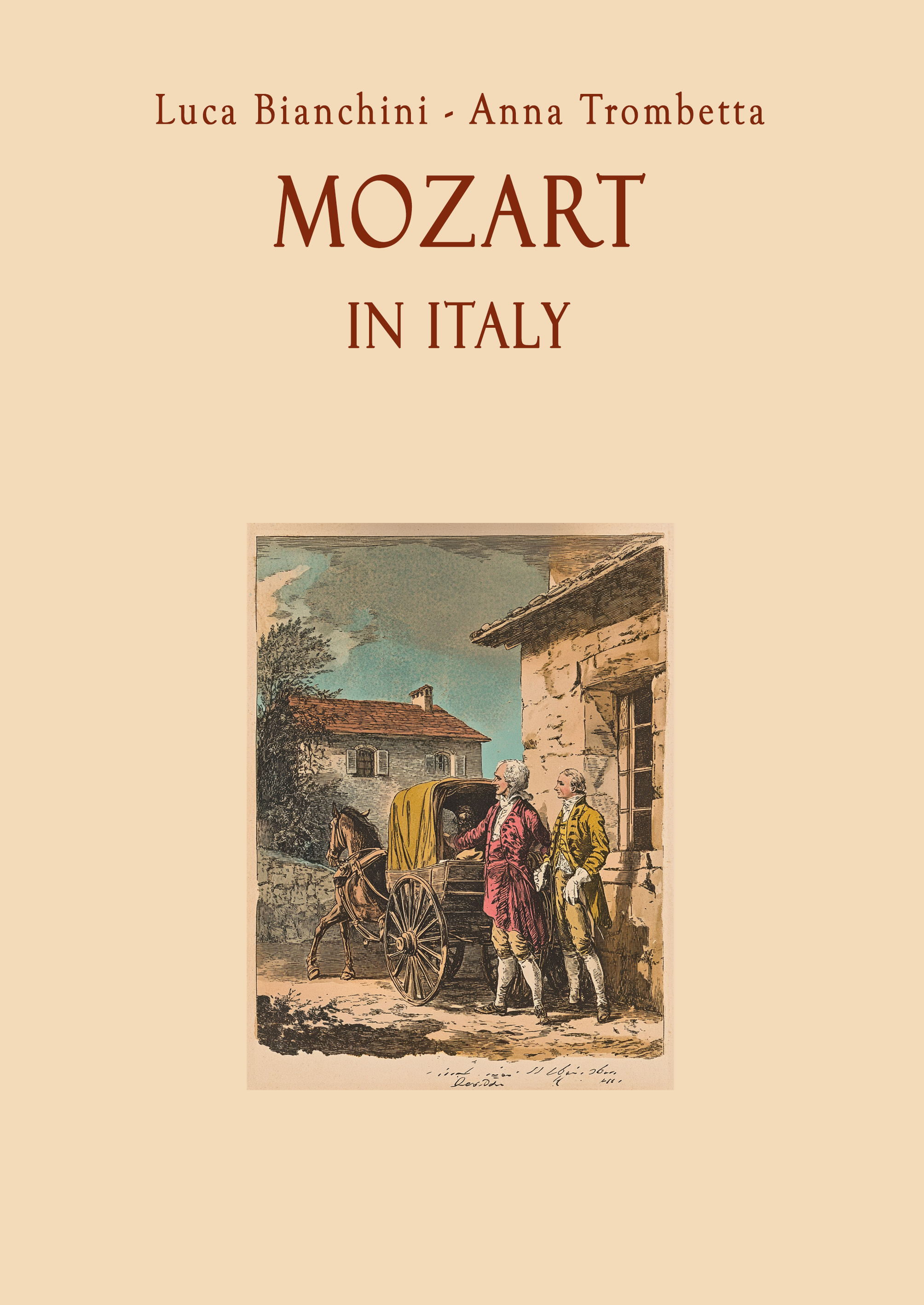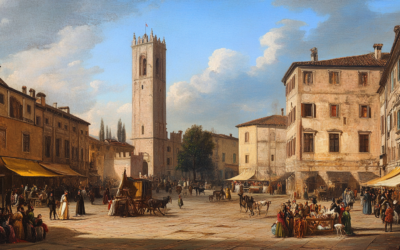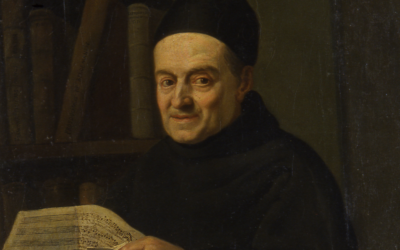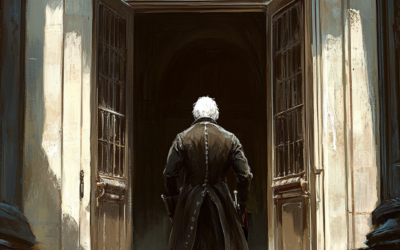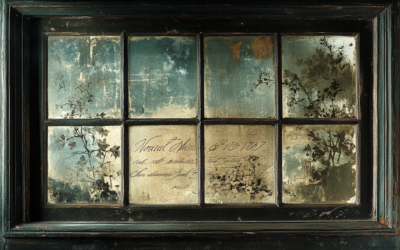Mozart's K 71
A Fragment Shrouded in Doubt and Uncertainty
Mozart’s K 71, an incomplete aria, is yet another example of musical ambiguity. The fragment’s authorship, dating, and even its very existence as a genuine Mozart work remain open to question. With no definitive evidence, how can this fragment be so confidently attributed to him?
Mozart in Italy: The Untold Story
Was Mozart truly a solitary genius, or was he merely the instrument of his father’s ambition? “Mozart in Italy” challenges the conventional narrative, revealing a complex dynamic between father and son that shaped the course of music history. Prepare to question everything you thought you knew.
“In the world of Mozart, certainty is often a luxury we cannot afford.”
Mozart in Italy
Mozart’s K 71, “Ah, più tremar non voglio,” is yet another aria that challenges our understanding of Mozart’s creative process—or, perhaps more accurately, the myth surrounding it. A mere 48-bar fragment, this aria is based on a text by Metastasio from Demofoonte, Act I, Scene 1, yet its attribution to Mozart remains as speculative as ever. Despite being included in the Köchel catalogue, its legitimacy as a work by Mozart is, at best, dubious.
First, there’s the issue of its provenance. No signature or clear indication of the composer exists within the surviving fragment. The only source for the details we have about this piece comes from Johann Anton André, who, in the early 19th century, provided a so-called “completion” of the score. The lack of direct evidence leads us to wonder: if this aria were truly by Mozart, why would he not have signed it as he did with many other works? The absence of Mozart’s autograph casts doubt on its authenticity, yet it continues to be hailed as a Mozart composition in the Köchel catalogue.
Then there’s the troubling issue of dating. Some sources place the aria as contemporary with Lucio Silla (1772), while the Köchel catalogue places it in 1769 or early 1770. The conflicting dates alone should raise red flags. Could Mozart, a composer so meticulous about his cataloging, have forgotten to date this fragment properly? Or are we witnessing a careless inclusion in the canon, more based on the myth of Mozart’s genius than on reliable documentation?
The fragment’s incomplete nature further complicates matters. Only 48 bars remain, suggesting that much of the piece is lost, and the possibility that entire sections of the aria were never written down at all looms large. Furthermore, the aria’s context remains a mystery: was it an unfinished experiment? A discarded attempt at opera seria? Or, perhaps, just a fragment of something more substantial that was never completed or deemed worthy of preservation?
As with many other works attributed to Mozart, K 71 serves as a reminder of how the myth of Mozart often overshadows the reality of his creative output. The incomplete, ambiguous nature of this aria makes us question whether it truly belongs to Mozart at all, or if it’s merely another piece of historical fiction we’ve come to accept because of the composer’s legendary status.
You May Also Like
Debunking the Romantic Virtuoso Image
The image of Mozart as a Romantic-era virtuoso is a misleading anachronism, fuelled by 19th-century propaganda. Wolfgang was no transcendental pianist, but a product of an era where music was more galant than heroic.
The Visit to Verona
In Verona, young Wolfgang Mozart impressed the local nobility, but the reality behind the scenes reveals a carefully managed public image, where strategic networking and curated praise played key roles in shaping his growing reputation.
Mozart’s Training
The myth of Mozart’s genius is nothing more than a carefully crafted illusion, propped up by misplaced attributions and romanticised biographies. Behind his so-called brilliance lies the reality of his father’s dominating influence and a lack of formal education.
From London to Vienna
The Mozart family’s journey from London to Vienna was marked by illness, failed opportunities, and the relentless ambition of Leopold Mozart, revealing the pressures and challenges behind the facade of success.
The Ambiguous Legacy of Leopold Mozart
This post explores the multifaceted and often controversial life of Leopold Mozart, providing insight into the complexities and contradictions that defined his career and legacy.
Mozart’s Illusory Triumphs
The story of the young Mozart’s so-called triumphs at the courts of Europe is a tale riddled with embellishments, half-truths, and fabrications—many courtesy of Leopold Mozart himself and those who later sought to mythologize his son. One such example is the visit to Munich on 12 January 1762.

